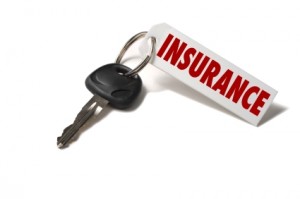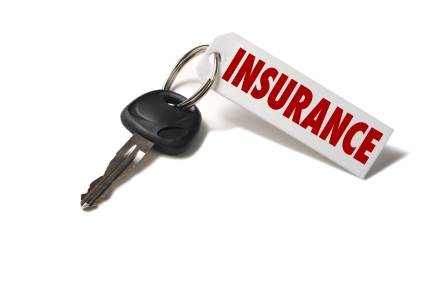 A highly competitive auto insurance marketplace is making coverage more widely available and affordable for all drivers, according to the Insurance Information Institute (I.I.I.).
A highly competitive auto insurance marketplace is making coverage more widely available and affordable for all drivers, according to the Insurance Information Institute (I.I.I.).
The I.I.I. vigorously contested a Consumer Federation of America (CFA) study which asserted that insurance rating practices were driving up auto insurance prices for low- and moderate-income households.
The I.I.I. pointed out that the CFA analysis came only weeks after another organization—the National Association of Insurance Commissioners (NAIC)—representing the nation’s insurance commissioners found that the typical U.S. motorist had seen his or her auto insurance expenditures drop every year between 2005 and 2009.
“Auto insurance provides important, cost-effective financial protection to millions of Americans, and most drivers have dozens of auto insurers constantly competing for their business,” said Dr. Robert Hartwig, CPCU, president of the I.I.I. and an economist.
The NAIC determined that drivers paid $785, on average, to insure a private-passenger vehicle in the U.S. in 2009, four dollars less than in 2008. The downward trend, which involved the purchase of a policy that included liability as well as optional comprehensive and collision coverages, began in 2005 ($832 per vehicle, per year), and continued into 2006 ($817), 2007 ($797), and 2008 ($789). The NAIC report was released publicly on January 17, 2012, and is the association’s most recent assessment of the U.S. auto insurance marketplace.
Citing other signs of a healthy insurance marketplace, the I.I.I. noted that the percentage of median family income spent on auto insurance has dropped sharply in recent years, as has the percentage of drivers who pay more for their auto insurance coverage through their state’s assigned-risk pools, also known as the residual market.
The ratio of auto insurance costs to family income, an index developed by Risk Information, Inc., publisher of Auto Insurance Report, dropped from 1.27 percent in 2004 to 1.05 percent in 2009, the most recent year for which this data is available. In addition, between 1994 and 2004, the percentage of drivers participating in residual markets declined from about 4 percent to 1.6 percent, a statistic cited in the CFA study. But the CFA did not note that the latter statistic meant these drivers would be paying less for auto insurance when they left their state’s assigned-risk pools, where the riskiest drivers congregate, and re-entered the so-called voluntary market.
State-sponsored efforts to provide income-eligible persons with liability insurance protection at affordable rates have not gained a significant following. California’s state-sponsored Low Cost Automobile Insurance Program (CLCA), for instance, had fewer than 12,000 policies in effect as of year-end 2011 even though the state is home to more than 30 million people. The CLCA was created in 1999 but the private-sector appears to have been able to meet the CLCA’s public policy goal more effectively, according to Dr. Hartwig.
“The most effective way to lower the price of auto insurance is reduce the costs of underlying factors, such as the cost of medical care and auto repair as well the impact of insurance fraud ,which levies a tax on drivers, particularly in states like Florida, Michigan, New Jersey and New York,” Dr. Hartwig said. “Changing rating factors that have been shown to accurately project future losses will only distort prices and result in good drivers subsidizing riskier ones.”
Dr. Hartwig explained that auto insurance policyholders also have a degree of control over the price they pay for insurance coverage because the premium is determined in part by their driving record, the type of car they drive, and the type and amount of coverage they purchase. Moreover, state insurance regulators already review and approve the various rating criteria (e.g., a driver’s age, gender and miles driven each year) auto insurers are allowed to employ when pricing a prospective or current policyholder’s policy.
“As anyone who watches television commercials knows, auto insurance coverage is widely available in every U.S. state,” said Dr. Hartwig. “And competitive marketplaces drive down prices. Car owners have a multitude of choices when it comes to buying coverage as well as a variety of ways to obtain it: through an agent, over the phone or online. Drivers should shop around if they feel as though their current auto insurer is not meeting their needs, or charging too high a price,” he added.
“The other thing U.S. vehicle owners should keep in mind is that property/casualty insurers, unlike some other sectors of the financial services industry, remain financially strong. Auto insurers not only recruited new policyholders and renewed existing ones but also paid claims and offered new products and services throughout the most severe economic downturn since the Great Depression,” Dr. Hartwig concluded.












